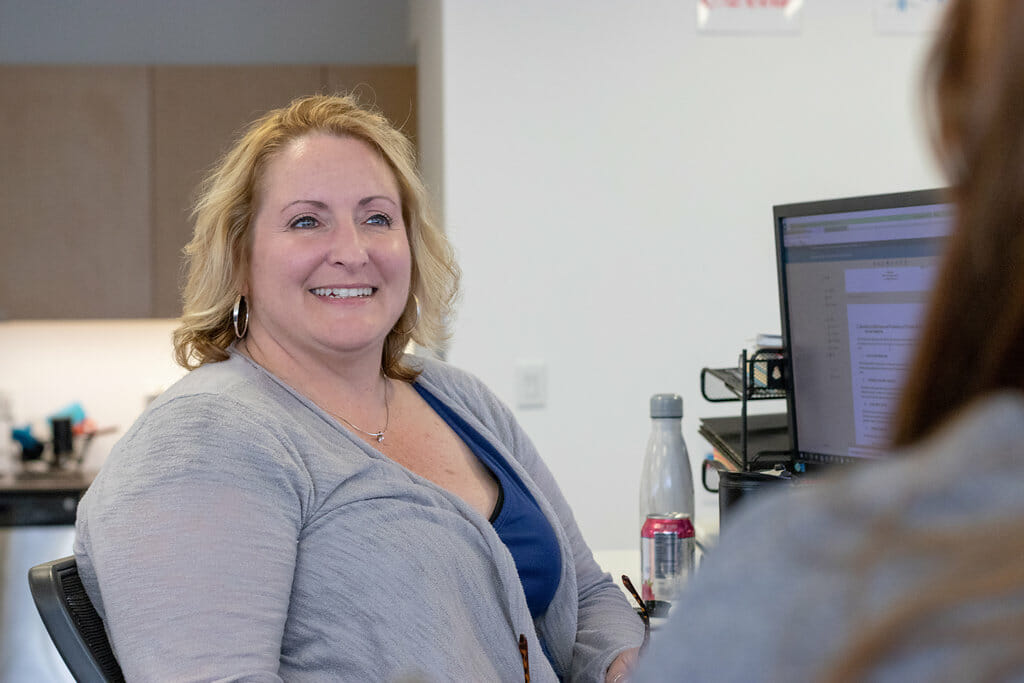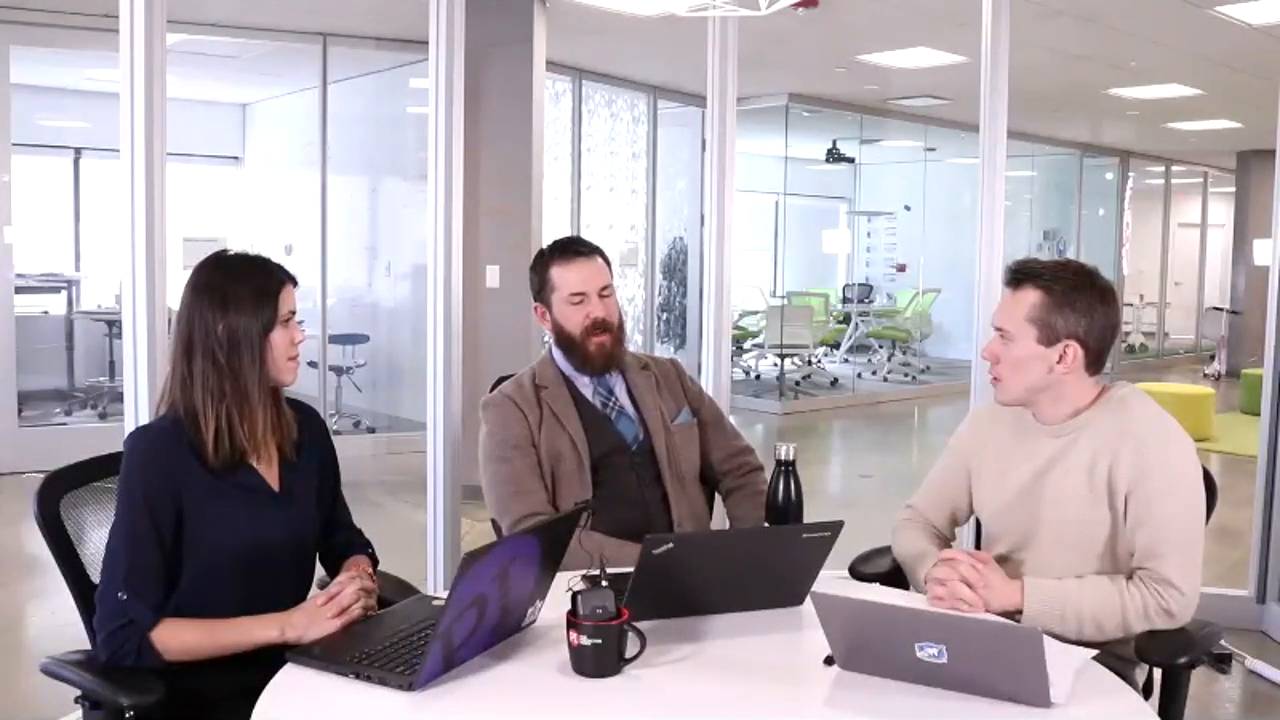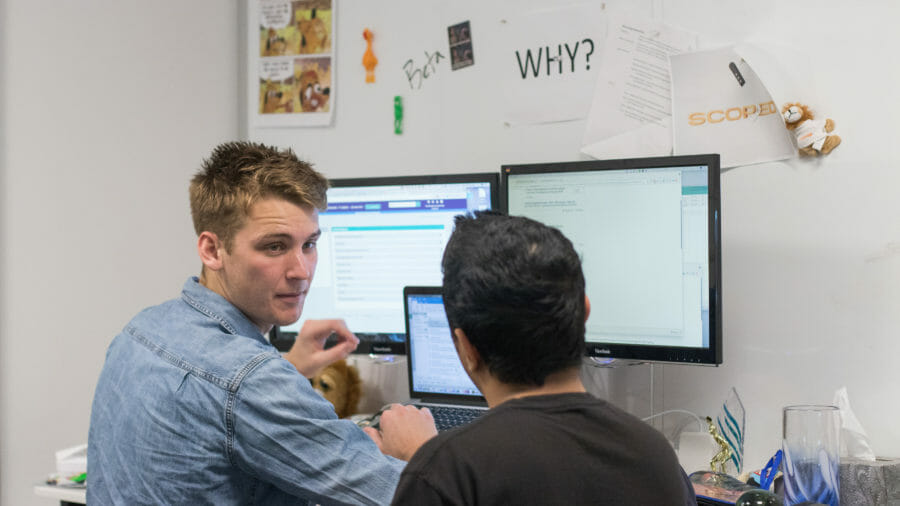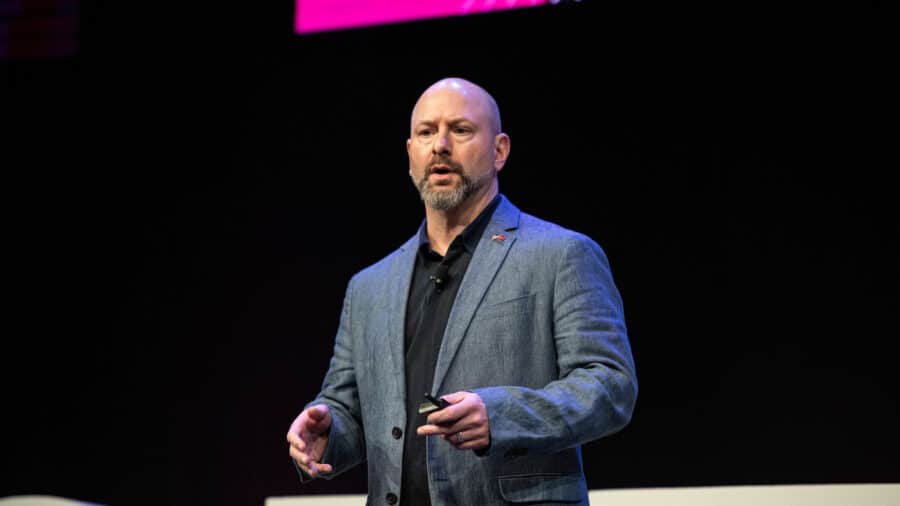Riia O’Donnell is a human resource professional and consultant with more than 15 years of hands-on experience in every discipline of the field. A subject matter expert, she has written for the online HR market for 7+ years on topics ranging from workforce planning to recruiting.
The key to success in every endeavor is having a plan. Strategic goals developed, timelines delineated, measurements taken, and adjustments made. For business, planning is the first step on the road to success; but too often the HR suite doesn’t have a seat at the planning table.
Without workers, innovation is never realized, services are not rendered, sales are not made, production lines grind to a halt. Forecasting the growth and success of any business requires workforce planning at every stage of the process.
A strategic workforce plan aligns the business strategy with the sourcing, acquisition, training, and retention of human capital. Without a workforce plan, recruiters are simply filling seats, not creating the labor force that will fulfill the business goals.
What’s in a workforce plan?
A strategic workforce plan aligns every business initiative with the human capital required to execute. Looking to develop a new product line? You’ll want to plan what workers will help create, launch, build, and sell the item. How many employees will you need? When and what skills/competencies must they hold?
Looking to branch into new markets? Your workforce plan will forecast how you’ll find talent in that geographic location, who will supervise workers, and how their success will be evaluated.
Workforce planning starts at the conception stage but doesn’t stop there. It sources the talent needed, hires them, and gets them over the learning curve. It moves on to inspire, with a watchful eye on engagement, ownership, purpose, and pride.
Results are measured at every step. Adjustments are made for market shifts, identifying those who are ready to grow and those who need upskilling. The workforce plan is an organic, adaptable entity—just like strategic business plans.
Free Trial More accurate, efficient hiring with PI Hire
Talent acquisition versus recruitment
Recruiters with a workforce plan aren’t looking for employees, they’re looking for talent. Seasoned talent, if possible, but in today’s market, raw talent with potential to grow may be even more desirable.
They’re looking for qualities and characteristics that align with the business plan: innovation, leadership, collaboration skills.
They’re rethinking job descriptions that were written decades ago but haven’t kept current with the market, replacing over-emphasized degree requirements with drive, curiosity, and risk-taking skills.
They know the market has changed but many of their competitors haven’t. HR leaders with a workforce plan rise above the rest.
Talent management versus supervising
Too often talent acquired is talent forgotten: HR moves on to fill the next seat, leaving the department head to develop and retain the new hire. If they fail, the process begins anew.
But strategic HR professionals with a workforce plan know their job has just begun. Retaining the new hire means measuring engagement, growth, and development. How is the employee acclimating to the department, the work, the team? Where is there room for growth and development? Where will this employee, this team, this department be in six months, one year, five years?

A workforce plan is a blueprint: aligning the needs of the employees to the needs of the business.
If you can measure it …
Talent management needs metrics. Baseline information provides the starting point that directs business plans and career paths. Measuring potential, satisfaction, success, etc. provides the data needed to adapt, adjust, and develop.
For example, if the business plan requires digitally-savvy employees, what knowledge must be provided? To reach the goals of tomorrow, measure where you are today.
Data measures the potential of candidates and uncovers why teams are dysfunctional or engagement is low. Data forecasts what prospective hires can achieve, as well as how to optimize teams and individuals to meet today’s needs. But more, it helps predict what will be attainable in the future: a roadmap on how to capitalize on talent to achieve business goals.
Workforce planning: Knowledge is power.
Without a workforce plan, HR professionals are filling seats rather than finding talent, and patching problems instead of nurturing engagement. With the right data and a workforce plan, businesses and employees are on the path to success.
To learn more about using data to hire top talent, watch this webinar replay:



